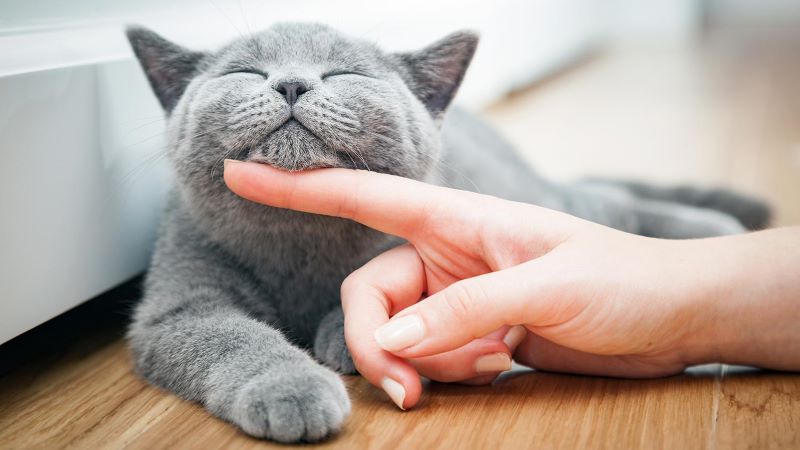The smoky gray cat followed us as we walked down the sidewalk. When we turned, he turned with us, and when we were certain he wouldn’t leave our heels, we finally spun our dog around and let the two meet, nose to nose. They sniffed each other up and down, seeming to say, “Hey, good to make your acquaintance.” And then we were on our way, but not without the charcoal beauty trailing behind. That cat was our shadow for the entire walk throughout our neighborhood.
I know who this cat belongs to and have heard from others that he is just the friendliest feline. His sister, not so much. When she gets a good look at our dog, her back arches up, and she is anything but friendly. These two cats, and the fact that it is Adopt a Shelter Cat Month, have gotten me thinking, when you’re ready to adopt, how do you make sure you end up with a cat who fits your family, and how do you introduce your new addition to your existing four-legged children?
Quick cat facts
Let’s start with how to choose a cat. When adopting from a shelter, you often don’t have many choices, but it can help to know the difference between types of cats. Here’s what you need to know...
- Common house cats average 10-15 pounds and can live up to 16 years.
- On average, cats are less expensive to maintain through annual vet visits and preventative care.
- Most cats can be socialized to be good with kids and other pets.
- Cats love to eat, so it's important to monitor your cat’s diet and ensure they're receiving proper nutrition.
- Since a house cat is a combination of a variety of breeds, they come with a variety of temperaments. Purebred cats, while similar in size, have a shorter life span, averaging 12-15 years. Every breed has their own distinctive traits, so if you do your research you will know what you’re in for.
- Some breeds need more grooming than others. For example, long-haired Ragdoll cats need to be brushed every day to avoid matting and hairballs.
- Certain breeds are prone to genetic diseases as well, which could drive up the vet bills.
Introducing a new pet
And how to make sure they get along with your other family members? This can vary, for sure, but the best thing to do is to give your existing animals a lot of grace. There can be jealousy, anger, and even resentment when a new pet is welcomed into the home, and it will take time for everyone to learn how to coexist. If you are adopting a kitten, see our post, Tips for Kitten Proofing Your Home.
Schedule a vet appointment
Once you have decided on a new friend, it is important to make and keep vet appointments. Your cat should visit the vet at least once a year for his annual wellness check. Enroll your cat in pet insurance to receive reimbursement on eligible accident and illness vet bills, as well as wellness care items. Many pet owners believe that only dogs will benefit from pet insurance coverage, but there are a number of reasons why your cat needs pet insurance too!

